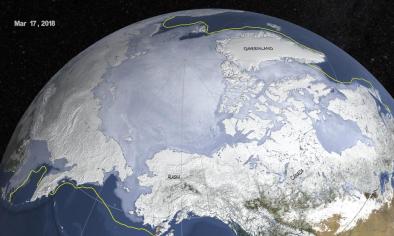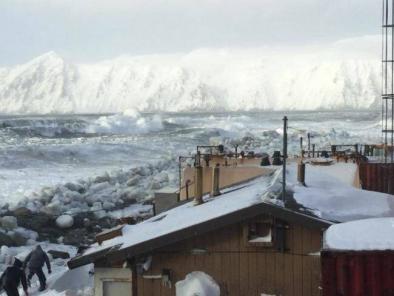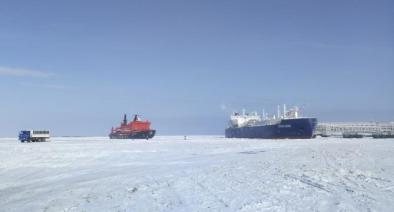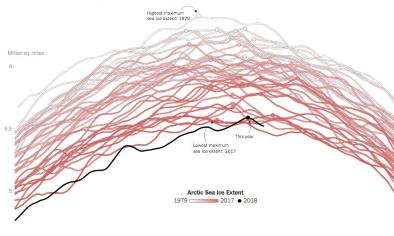Has the Arctic Finally Reached a Tipping Point?
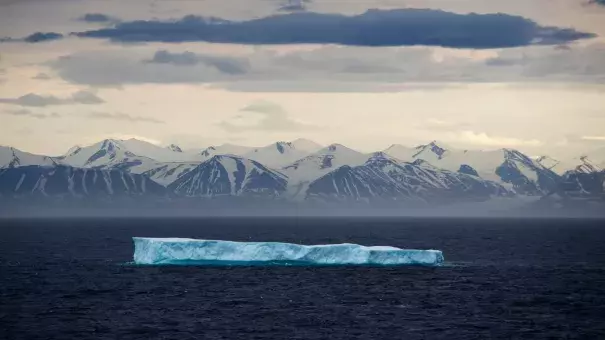
Something is not right in the Arctic.
The recent wave of mild, humid air and its attendant impacts is disturbing. But this is the fourth winter where we’ve seen a veritable heat wave rack the Arctic.
The warm temperatures have also been accompanied by moist air, which has helped form clouds and lock in temperatures up to 60 degrees Fahrenheit above normal for extended periods in a typically dry, frozen climate. Disappearing sea ice also means warmer ocean waters are exposed, further spinning the region out of whack.
Climate change is warming the Arctic twice as fast as the rest of the world. We’ve known that for awhile. The big question now is whether it’s pushing the Arctic past a tipping point into a new, altered state after four unprecedented winters. And while scientists aren’t quite ready to say we’ve passed the point of no return, this unnerving string of winters has them quickly looking for more detailed answers about what’s happening so we can prepare for what comes next.
“Until recently, the seasonal sea ice maximum was relatively ignored; the September minimum got the attention,” Mark Serreze, director of the National Snow and Ice Data Center, told Earther. “But that’s changing. Strange things are happening in winter.”
This winter’s warm weather oddity is what NASA sea ice researcher Alek Petty called a “pincher attack.” In previous winters, the heat has largely entered the Arctic through the North Atlantic between Greenland and Europe. This winter, heat is pouring in there but also rushing through the Bering Strait from the North Pacific. The double dose of heat is what’s creating wild records across the region, and winter temperatures have never been higher in recorded history.
Utqiaġvik, Alaska (formerly Barrow), a place that’s warmed so fast, scientists thought its weather station was broken, topped out at 31 degrees Fahrenheit on Tuesday. Temperatures also swirled above freezing at the world’s northernmost land weather station.
...
Petty has conducted research into whether this type of supercharged heat has hit the Arctic in winters past. He found that while these types of events have occurred before, their character has changed dramatically to resemble a heat wave on steroids.
“If we see that ice fracture and melt out, that would be big. That will really open up the likelihood of rapid loss of ice.”
“The key is they’re happening more frequently, lasting longer and their intensity is increasing,” he told Earther. “It’s this triple whammy of factors.”
Jennifer Kay, an Arctic clouds researcher at the University of Colorado, said the heat building up on the rest of the planet is helping amplify these heat waves. And the clouds that form with it only lock in that heat further.
“When you warm the planet, now that air you’re bringing from lower latitudes is even warmer so you can have even more extreme warmth in the Arctic in winter,” she told Earther.
Related Content
